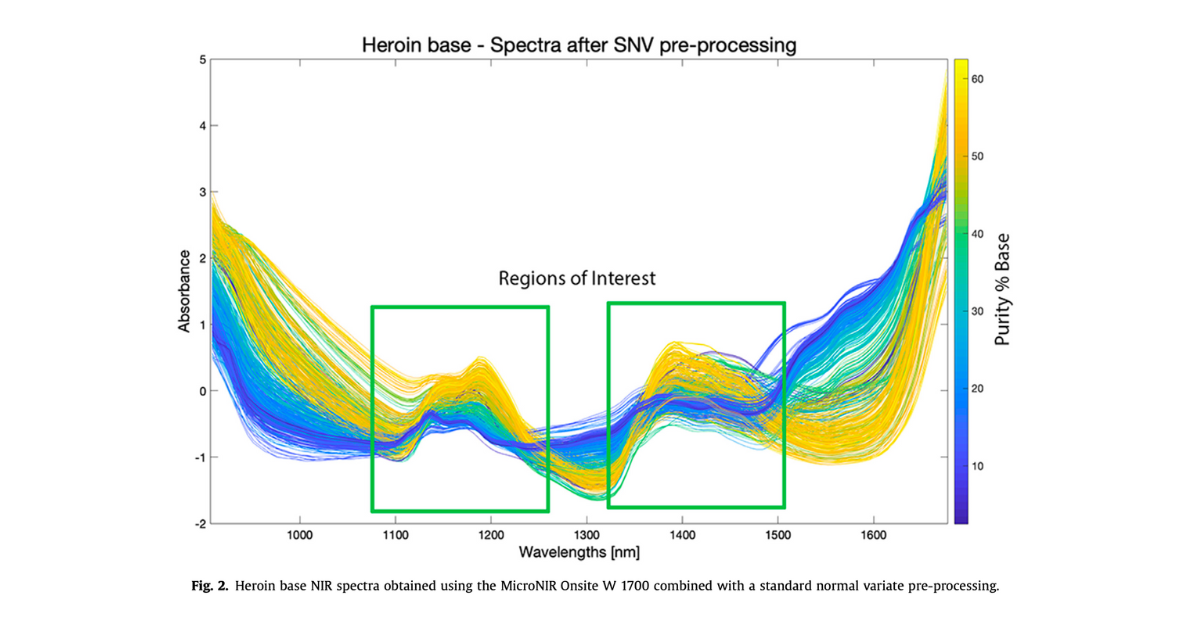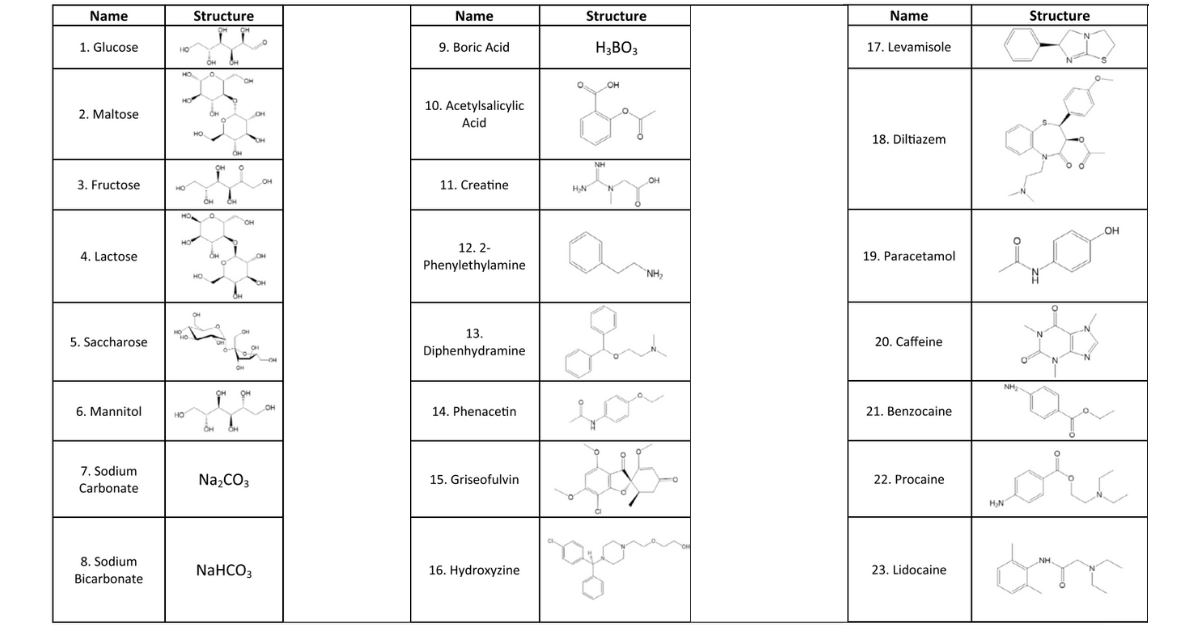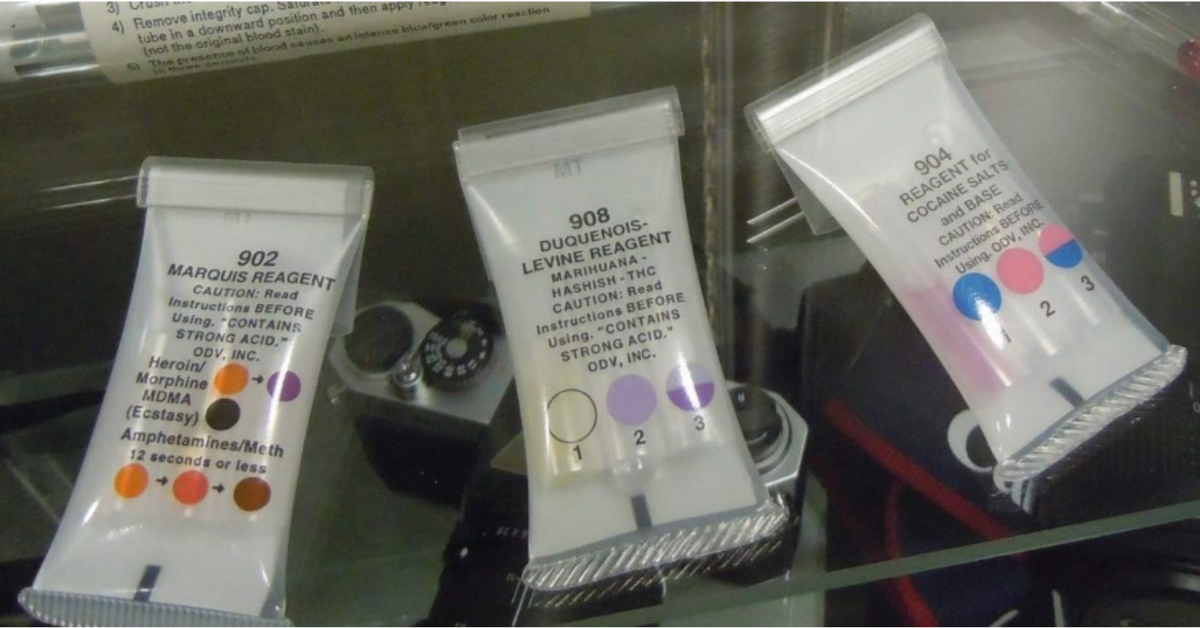
Presumptive field drug tests in the American justice system spark concerns related to fairness, accuracy, and racial disparities. Annually, approximately 773,000 drug-related arrests hinge on these notoriously unreliable tests, pressing for urgent reform. A comprehensive study conducted by the University of Pennsylvania sheds light on the system’s alarming limitations. In this landscape of systemic challenges, NIRLAB emerges as a beacon of hope. This is it offers a groundbreaking solution poised to redefine substance detection in law enforcement. This in-depth exploration delves into the multifaceted issues surrounding presumptive field tests and underscores how NIRLAB’s technology could usher in a new era of justice marked by fairness and precision.
The Broad Spectrum of Injustice and Inaccuracy
Annually, an estimated 773,000 drug-related arrests involve presumptive field tests, highlighting the profound reliance on these methods within law enforcement procedures. However, the utility of these tests is severely compromised by their notorious inaccuracy. Consequently, wrongful arrests and convictions occur, significantly impacting real lives and exacerbating racial disparities. This data portrays a troubling landscape where communities of color, especially Black Americans, suffer from a disproportionate impact. They bear the brunt of flawed policing practices that undermine the very essence of justice and equality.
The true error rate of these tests remains unknown, but the available data raise considerable cause for concern. Although imperfect, data from forensic labs on drug identification errors indicate a troubling trend. Each year, approximately 30,000 individuals who do not possess controlled substances get falsely implicated by presumptive color-based tests. This figure is staggering and equates to roughly 8 times the total number of known exonerations in the National Registry of Exonerations in just one year. In some contexts, false positive rates of 15% and as high as 38% have been observed. On a per capita basis, Black Americans experience these erroneous drug arrests. This, at a rate 3 times higher than White Americans.1
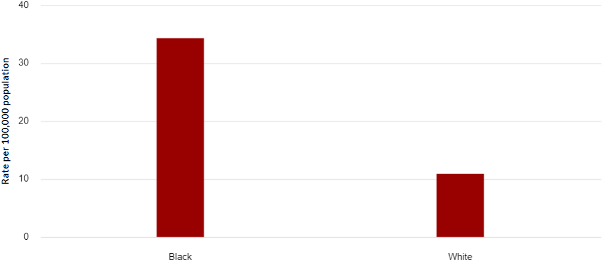
The inaccuracy of presumptive field tests goes beyond a procedural flaw; it exposes systemic failures within the criminal justice system. These tests, notorious for false positives, wrongly label common substances as illicit drugs, resulting in unjust arrests and convictions. These inaccuracies have a profound human cost, affecting individuals and their families, who endure the consequences of wrongful convictions. These consequences include job loss, missed educational opportunities, and crucial life moments disrupted. These personal stories of injustice do not stand alone as isolated incidents but rather depict a systemic problem that necessitates comprehensive policy reforms.
Systemic Failures and the Coercive Nature of Plea Bargains
Moreover, the problems linked to presumptive drug tests expose systemic failures within the criminal justice system. The overreliance on plea bargains, combined with the scarcity of confirmatory testing, creates a coercive environment. In this environment, individuals, often lacking resources for a strong defense, are coerced into admitting guilt based on unreliable evidence. This not only undermines public trust in the justice system but also perpetuates a cycle of injustice, especially impacting marginalized communities.
Introducing NIRLAB: A Technological Paradigm Shift
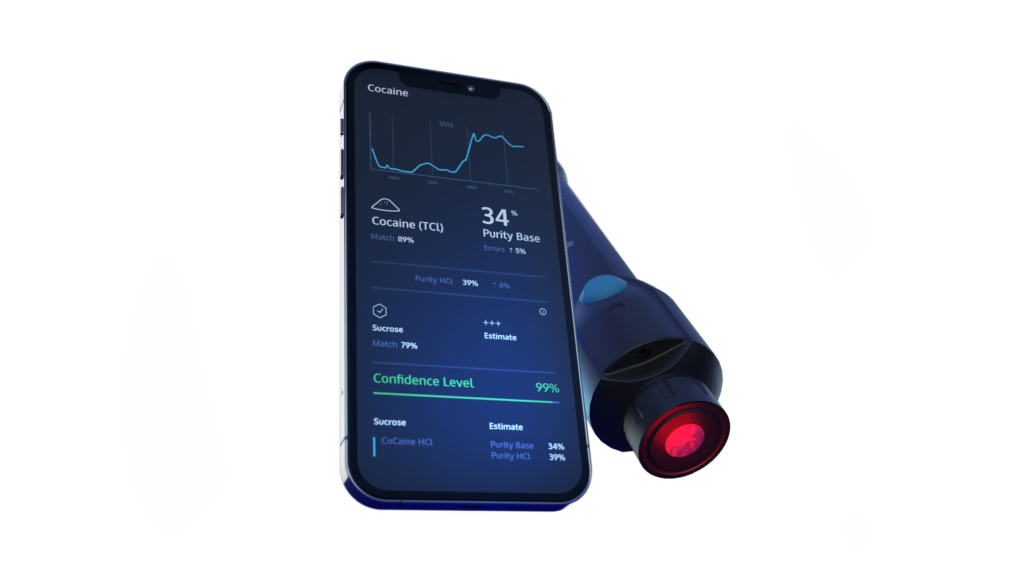
Furthermore, NIRLAB stands out as a trailblazer in technological innovation, pioneering Near-Infrared (NIR) spectroscopy for substance detection. This cutting-edge approach marks a paradigm shift in drug-related arrests. It ushers in an era with several key advantages over conventional presumptive field tests. NIRLAB leads the way in transforming the foundations of accuracy, reliability, and fairness within the criminal justice system’s approach to handling drug-related incidents.
To learn more about the accuracy of NIRLAB and delve deeper into how its technology is reshaping substance detection in law enforcement, please check out our comprehensive post on the subject: ISO 17025: NIRLAB’s Forensic Lab Achieves for the Second time ISO Accreditation: Pioneering Excellence in Handheld NIR Spectroscopy. This post provides a detailed exploration of NIRLAB’s innovative technology. Moreover, it shows NIRLAB rigorous testing procedures, resulting with the ISO 17025 accreditation.
Key Benefits of NIRLAB’s NIR Spectroscopy
- Unparalleled Accuracy: NIRLAB’s NIR spectroscopy technology significantly reduces the likelihood of false positives. Moreover, it provides a more detailed analysis of substances, ensuring that only illicit drugs are identified as such.
- Speed and Efficiency: Offering rapid, real-time results. NIRLAB’s devices enable law enforcement officers to make informed decisions on the spot. Hence, streamlining the arrest and prosecution process without compromising on accuracy.
- Enhanced Fairness: By minimizing false positives, NIRLAB’s technology directly addresses the issue of racial disparities in drug-related arrests, contributing to a more equitable justice system.
- Non-Destructive and Confirmatory: Unlike traditional tests that may alter the sample, NIR spectroscopy is non-destructive, allowing for further confirmatory testing and preserving the integrity of evidence.
In conclusion, NIRLAB’s pioneering application of Near-Infrared spectroscopy represents a remarkable advancement in drug detection within the criminal justice system. This transformative technology sets new standards for drug test effectiveness. Hence, offering the potential to minimize wrongful arrests, rebuild public trust, and significantly reduce racial disparities in arrests. NIRLAB’s innovative approach, grounded in the power of NIR spectroscopy, is positioned to fundamentally reshape the landscape of drug-related arrests. This, by guiding it toward a future characterized by greater fairness and equity.
A Catalyst for Comprehensive Criminal Justice Reform
The integration of NIRLAB’s technology into law enforcement practices is a critical step towards addressing the systemic flaws of the criminal justice system. However, for this technological solution to achieve its full potential, it must be part of a larger, multifaceted reform strategy. Legislative changes should mandate the use of more accurate testing methods, procedural reforms ought to ensure confirmatory testing before formalizing charges, and ongoing community engagement must rebuild trust and ensure that reforms address the needs of those most affected by wrongful convictions.
Engaging Communities and Fostering Dialogue
To embark on the path of reform, it becomes evident that active participation and sustained dialogue among a diverse array of stakeholders become not only beneficial but imperative. The transformation of the criminal justice system necessitates a concerted effort that involves a multitude of voices and perspectives. These key stakeholders include law enforcement agencies committed to change, policymakers with the authority to enact crucial reforms, civil rights organizations advocating for justice, and most importantly, the communities directly impacted by the current flawed practices.
The essence of successful reform lies in the collaborative environment that can be cultivated. By fostering an atmosphere of cooperation, stakeholders can come together to address the multifaceted challenges embedded in the existing system. It’s within this collaborative framework that NIRLAB’s innovative technology finds its place, not as a standalone solution but as an integral component of broader reform efforts.
The adoption of NIRLAB’s technology, underpinned by Near-Infrared spectroscopy, can seamlessly integrate into these reform initiatives. This, by enhancing their effectiveness and impact. By actively engaging with law enforcement, policymakers, civil rights organizations, and impacted communities, we can tailor NIRLAB’s adoption to meet the unique needs and concerns of each stakeholder group. This inclusive approach ensures that the changes introduced are not only effective but also reflective of diverse perspectives. Hence, increasing the likelihood of their embrace and sustainability over time.
Envisioning a Future of Justice and Equity
As we confront the challenges posed by presumptive field drug tests, NIRLAB’s NIR spectroscopy technology emerges not just as a solution to a technical problem but as a cornerstone of a more just and equitable criminal justice system. This innovative approach, coupled with systemic reforms and community engagement, offers a blueprint for transforming how substance detection is conducted. By prioritizing accuracy, fairness, and transparency, we can move towards a future where the criminal justice system truly embodies the principles of justice for all individuals, irrespective of race or socioeconomic status. Embracing technological innovations like NIRLAB’s, alongside a commitment to comprehensive reform, will be instrumental in reshaping the landscape of criminal justice into a model of fairness, accuracy, and equity.
To explore more about spectroscopy and discover the full capabilities of NIRLAB’s technology, we invite you to read our other informative articles, here. For personalized inquiries, please don’t hesitate to reach out to us at contact@nirlab.com.
NIRLAB // Just Truth
- Miller, R., Heaton, P., & Sturges, H. (2023). Guilty until proven innocent: Field drug tests and wrongful convictions. University of Pennsylvania Law School. Retrieved from https://www.law.upenn.edu/live/files/12890-fdt-guilty-until-proven-innocent ↩︎

